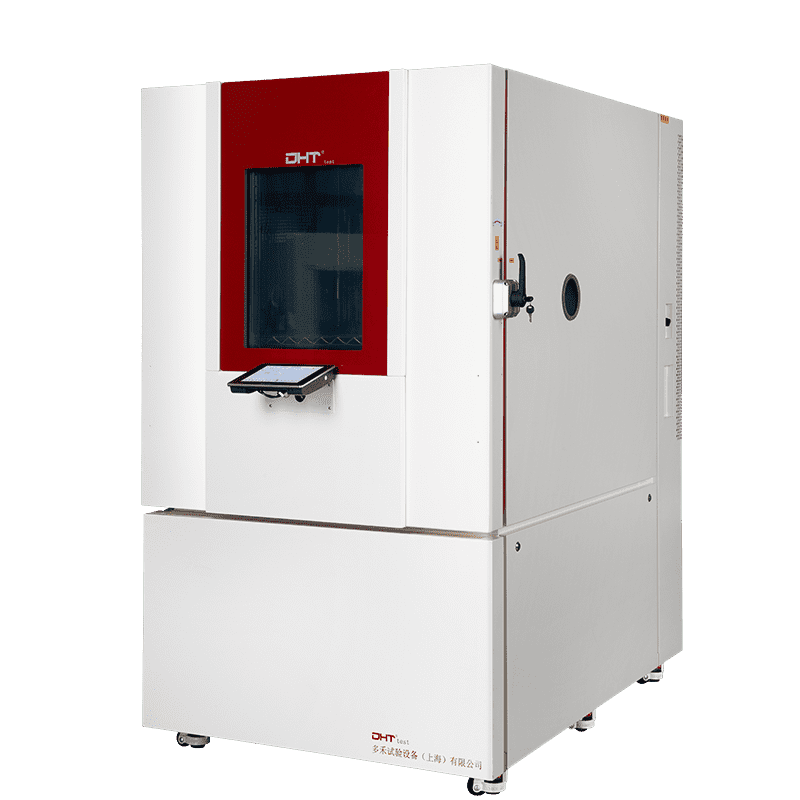Why Military Electronics Demand Higher Environmental Testing Standards
-
Extreme temperature range (from -65°C to +150°C) to cover global operational conditions
-
High thermal ramp rates (≥15°C/min) to simulate thermal shock in supersonic flight
-
Multifactorial stress (combined exposure to humidity, low pressure, corrosion, and EMI)
-
Zero-failure tolerance (MTBF ≥ 50,000 hours for long-term readiness)
The Role of Environmental Chambers in Defense Applications
1. Rapid Temperature Change Chambers
2. Temperature and Humidity Chambers
3. Walk-In Test Chambers
4. Low Pressure Chambers
5. Cyclic Corrosion Test Chambers
From Failure Diagnosis to Design Optimization
-
Root cause analysis: HALT tests help pinpoint failures like MOSFET gate oxide defects in power modules.
-
Digital twin calibration: Real thermal strain data refines CAE material behavior models.
-
Predictive maintenance: Long-term thermal-vibration datasets forecast gyroscope drift in INS units.
Procurement Standards for Defense-Grade Chambers
-
Compliance: Conformity with updated standards such as MIL-STD-461G (EMC), DEF-STAN 00-35 (vibration)
-
Continuous operation: ≥30-day non-stop performance with redundant cooling and dual-power backup
-
Data security: Integration of NIST SP 800-171-compliant encryption and access control
-
Battlefield adaptability: Optional anti-shock bases and explosion-proof enclosures for field testing scenarios
Conclusion: Engineering Resilience for Extremes
FAQ
Why Are Environmental Test Chambers Critical for Military Electronics?
Military electronics face extreme environments such as deserts, frozen plateaus, high altitudes, and maritime deployments. They must endure wide temperature ranges (–65°C to +150°C), rapid thermal shocks, humidity, low pressure, and electromagnetic interference. Environmental test chambers replicate these mission conditions in the lab, ensuring systems meet strict reliability and zero-failure tolerance requirements.
What Types of Environmental Test Chambers Are Used in Defense Applications?
Defense-grade testing often involves rapid temperature change chambers for thermal cycling, temperature and humidity chambers for connector and coating validation, walk-in chambers for large systems like UAV ground stations, low pressure chambers for high-altitude simulation, and cyclic corrosion chambers for advanced corrosion testing. Each type addresses specific mission-critical risks.
What Standards and Requirements Should Defense Organizations Look for in Test Chambers?
Defense-grade environmental chambers should comply with standards like MIL-STD-810H, MIL-STD-461G (EMC), and DEF-STAN 00-35. They must support continuous operation (≥30 days), integrate redundant cooling and backup power, provide secure data management compliant with NIST SP 800-171, and offer battlefield adaptability features such as anti-shock bases and explosion-proof enclosures.


